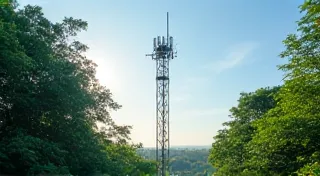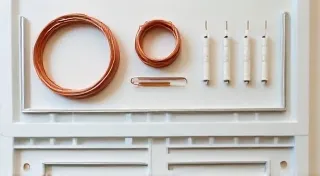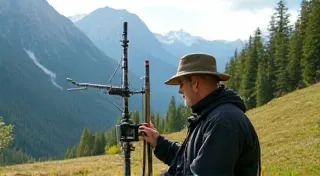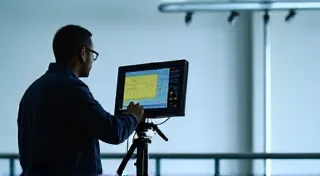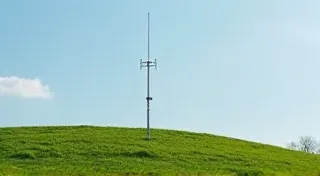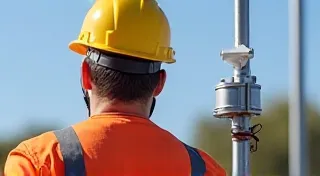Using Coaxial Cable for Antenna Feedlines: Best Practices
Coaxial cable is the workhorse for connecting your antenna to your radio. While seemingly simple, improper usage can significantly degrade your signal, leading to poor communication. This guide covers best practices for using coaxial cable as a feedline in your ham radio setups.
Understanding Coaxial Cable Basics
Coaxial cable, often shortened to coax, consists of a central conductor, an insulating layer, a braided shield, and an outer jacket. The impedance of the cable, typically 50 ohms, is critical for efficient signal transfer. Mismatching impedance results in signal reflections and standing waves, which waste power and can even damage your equipment.
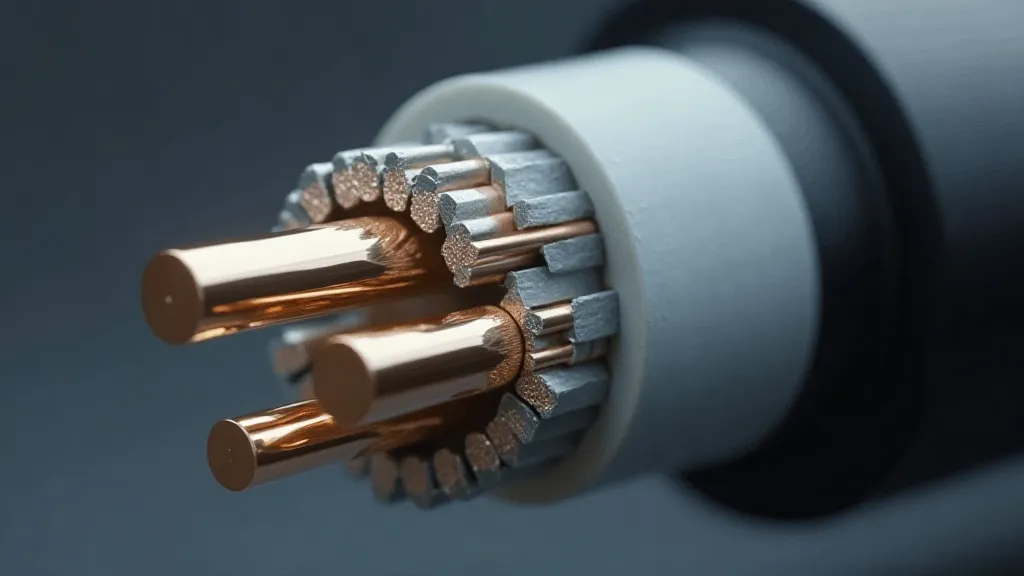
Coaxial Cable Losses: Minimizing Signal Degradation
All coaxial cable exhibits loss, meaning some of the signal power is lost as it travels along the cable. Loss is measured in dB per 100 feet. Several factors influence loss:
- Frequency: Higher frequencies experience more loss.
- Cable Quality: Higher-quality cables have lower loss. Look for cables with a lower loss factor listed on the manufacturer's specifications. RG-8X and LMR series cables offer significantly lower losses than common RG-58 or RG-8 cables.
- Cable Length: Longer cable runs result in greater loss. Keep your feedlines as short as practical.
- Weather and Temperature: Temperature affects the cable's dielectric, which slightly increases loss.
Impedance Matching: The Key to Efficiency
Ideally, your antenna, feedline, and radio should all have the same impedance (usually 50 ohms). A mismatch creates a standing wave – a phenomenon where signal energy bounces back and forth along the feedline. This leads to wasted power, potential damage to your radio's output stage, and inaccurate SWR readings.
Standing Wave Ratio (SWR): SWR is a measure of impedance mismatch. A perfect match yields an SWR of 1:1. Most radios are designed to handle SWR values up to around 2:1 without damage, but lower is always better. Regularly check your SWR using an antenna analyzer or SWR meter.
Baluns and Ununs: For antennas that have unbalanced feedpoints (e.g., dipoles), a balun (balanced-to-unbalanced) is crucial. It converts the balanced antenna feedpoint to a single-ended feedline impedance. An Unun serves the opposite role.
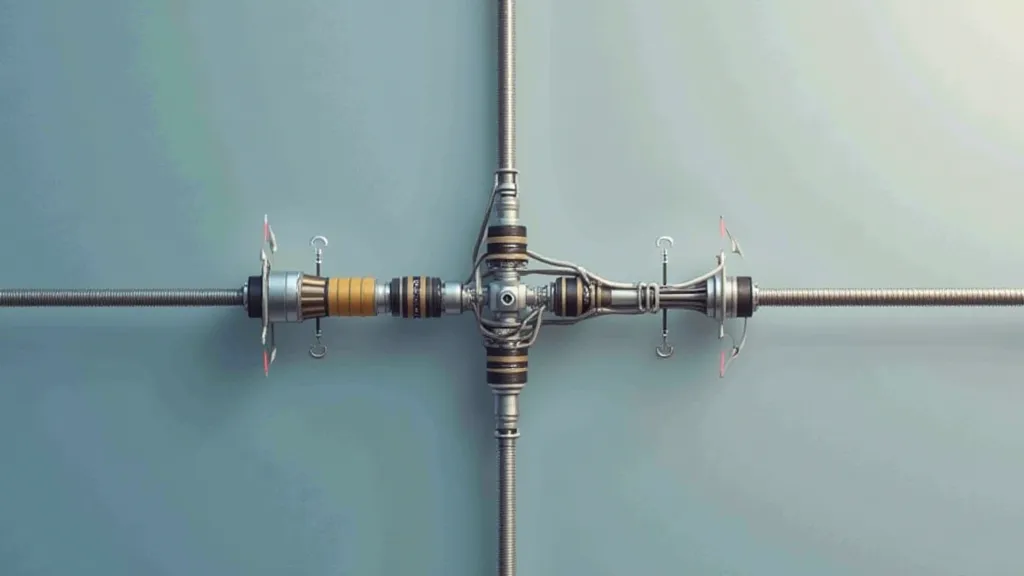
Best Practices for Coaxial Cable Usage
- Choose the Right Cable: For long feedlines or higher frequencies, opt for low-loss cable like RG-8X or LMR-400.
- Keep Runs Straight: Sharp bends in coaxial cable increase loss. Gently curve the cable.
- Avoid Grounding the Shield: The shield of the coaxial cable should only be grounded at one end - usually where it connects to the radio. Grounding it at both ends can create a ground loop, introducing noise.
- Proper Termination: The end of the coaxial cable should be properly terminated with a matching impedance to prevent signal reflections. For a 50-ohm cable, use a 50-ohm connector or termination. For example, if you are disconnecting your antenna, use a 50-ohm terminator.
- Weatherproofing: Protect your coaxial cable from the elements. Use weatherproof connectors and consider using UV-resistant cable for outdoor runs.
- Inspect Regularly: Check your coaxial cable for signs of damage, such as kinks, cracks, or corrosion.
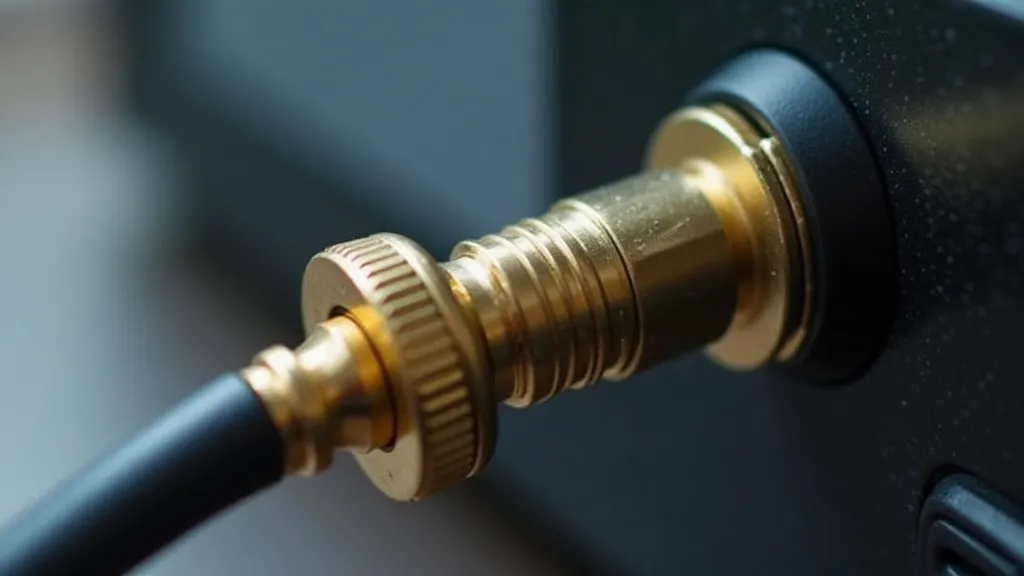
Conclusion
By understanding the principles of coaxial cable usage and following these best practices, you can ensure efficient signal transfer and optimize your ham radio communication experience. Investing a little time in proper feedline selection and installation will reap significant rewards in improved performance and reliability.
